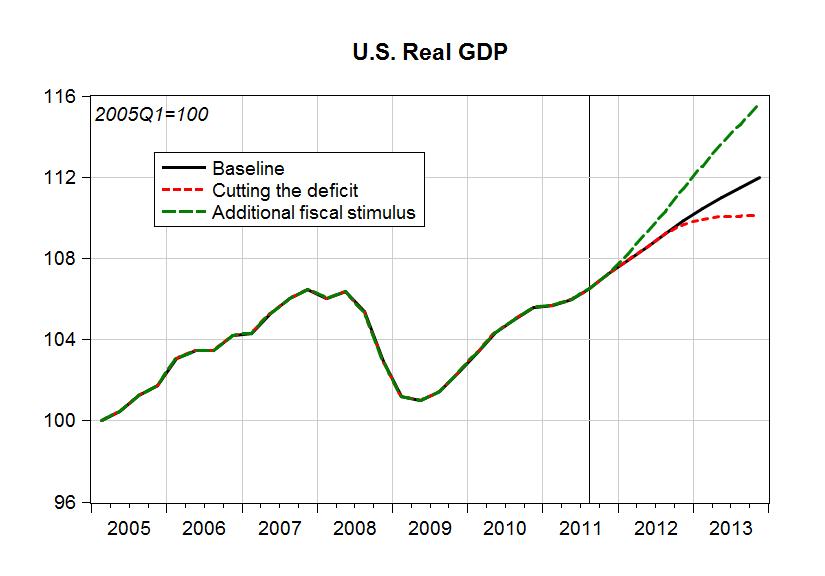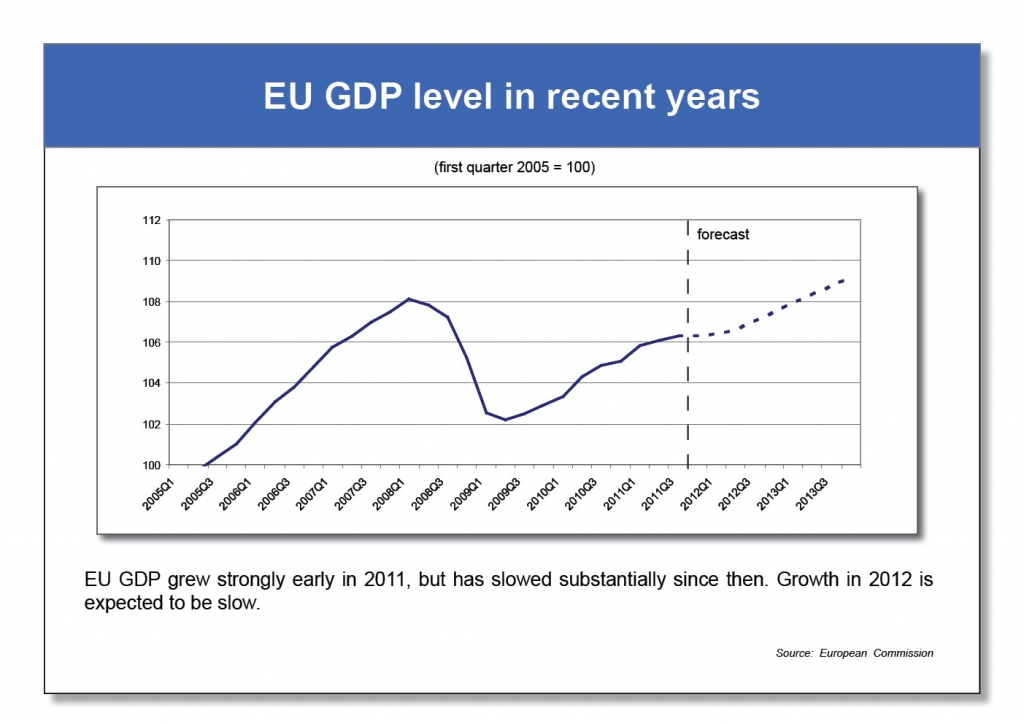The “Shovel Ready” Excuse and a Fed for Public Works?
The latest chapter in the “why was the original stimulus so small?” story is a memo from December 2008 that reveals Larry Summers’ assessment as to why the stimulus (ARRA) had to be limited to around $800 billion—about half of what was necessary, in Summers’ estimation. There are various conclusions you can draw from this memo, but the aspect I’d like to focus on is this: Larry Summers’ suggestion that $225 billion of “actual spending on priority investments” is all that the government could get out the door over a two year time span (and so the rest had to be made up of tax cuts, aid to states, etc.).
Let’s grant for the sake of argument that Summers is correct about this “shovel ready” figure. The question is: what can we do about it? If you’re looking for short-term results, the answer is probably “not much.” Even things like speeding up environmental impact assessments for infrastructure projects wouldn’t have much effect (at the link, Brad Plumer tells us that only 4 percent of highway infrastructure projects even require such environmental reviews).
But looking ahead, there is more we could and should be doing. Back in 2009 Martin Shubik sketched out a plan in a Levy Institute policy note for creating a “Federal Employment Reserve Authority“—a kind of Fed for employment (yes, I know: the Federal Reserve is the “Fed for employment.” But you don’t need to look very hard to see that the sides of the dual mandate aren’t equally weighted). Among other things, the FERA would maintain state branches that are charged with keeping updated and prioritized lists of potential public works projects (with a preference for self-liquidating projects) and providing constant monitoring and evaluation so that financing can be put in place as soon as unemployment reaches a particular trigger level in that region. Regional public investment would respond to objective employment conditions. continue reading…






 ShareThis
ShareThis